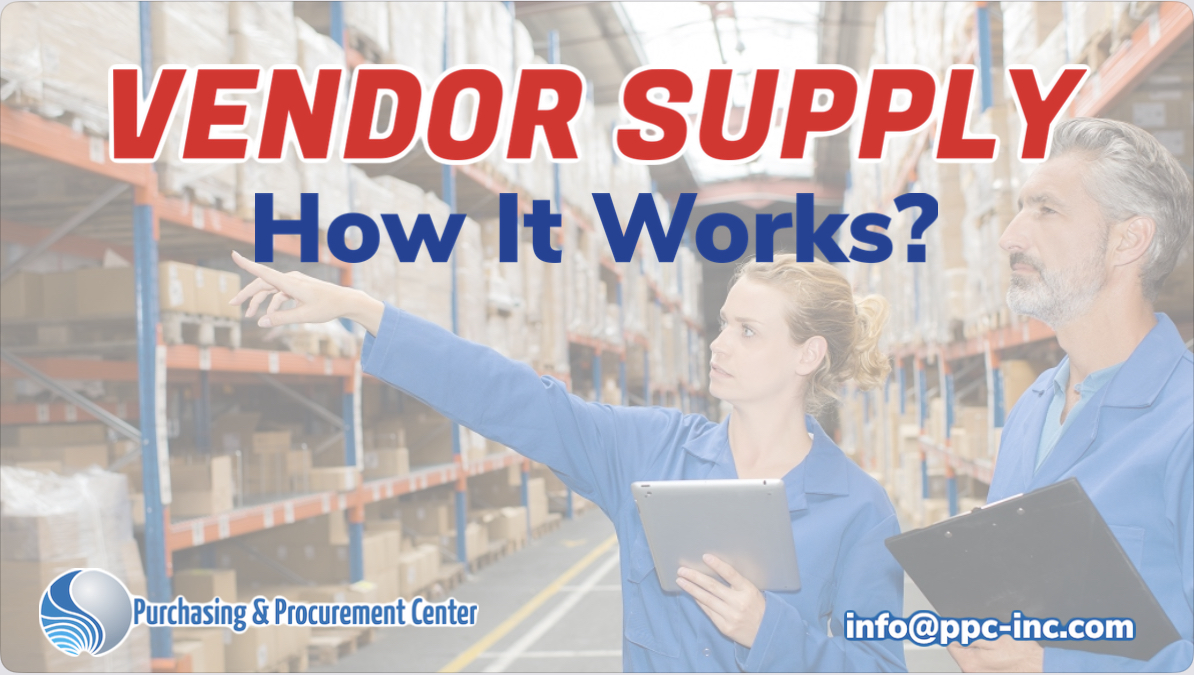
Vendor Supply – How It Works
Most companies are looking for a profitable vendor supply relationship. This will involve competitive pricing, quality products delivered on time, agreeable business terms and a fruitful communication between supplier and purchaser.
There are two types of purchases – direct and indirect. Direct purchases are products that contribute to the turnover of the purchasing company. Indirect purchases are those services and goods that a company requires in its day-to-day running. Thus indirect purchases impacts directly on a company’s profits and increase company costs.
In order to ensure an effective vendor supply relationship the purchaser will take care in choosing their suppliers. This can be undertaken either via a tendering process or by interviewing suitable vendors.
Once the appropriate vendors have been chosen and the appropriate price discount negotiated a Master Purchasing Agreement is signed by both parties.
To manage the vendor supply process most companies use a Customer Relationship Management (CRM) computer system. This will hold all the vendor details, the vendor’s catalogue and the agreed price list. Many companies will also manage their inventory and interconnect their accounting process with the CRM.
When a request for the vendor to supply is made, a purchase order is completed and the request sent to the supplier. This is usually activated via the internet or a secure network. The vendor will then acknowledge this request and instigate their supply process.
On the chosen day, the products will be delivered to the company’s warehouse where it will be accepted by the warehouse staff. The delivery is then checked for quality and completeness and any shortages or overages noted. The CRM system is then notified of the delivery and any problems there may be with the products.
The inventory is then automatically updated and the payment processing activated. The vendor will then send an invoice for monies due. At the given date, as defined by the Master Agreement, a payment will be sent either by a bank transfer or via check.
The CRM system often handle automatic re-ordering for a company’s main products. This means that the vendor supply process starts all over again.
With a company that does not have a CRM system, much of the automatic processes have to be undertaken manually. This considerable task has many opportunities for mistakes. Small companies with few purchases a month can manage this process, but many quickly implement small purchasing computer programmes.
As the company becomes larger, they move to CRM’s of various sizes. Once these systems are installed and configured to the company’s processes they are very efficient and can handle thousands of purchasing requests each month.
Return from Vendor Supply to Vendor Management
Return from Vendor Supply to Purchasing Procurement Center Homepage
